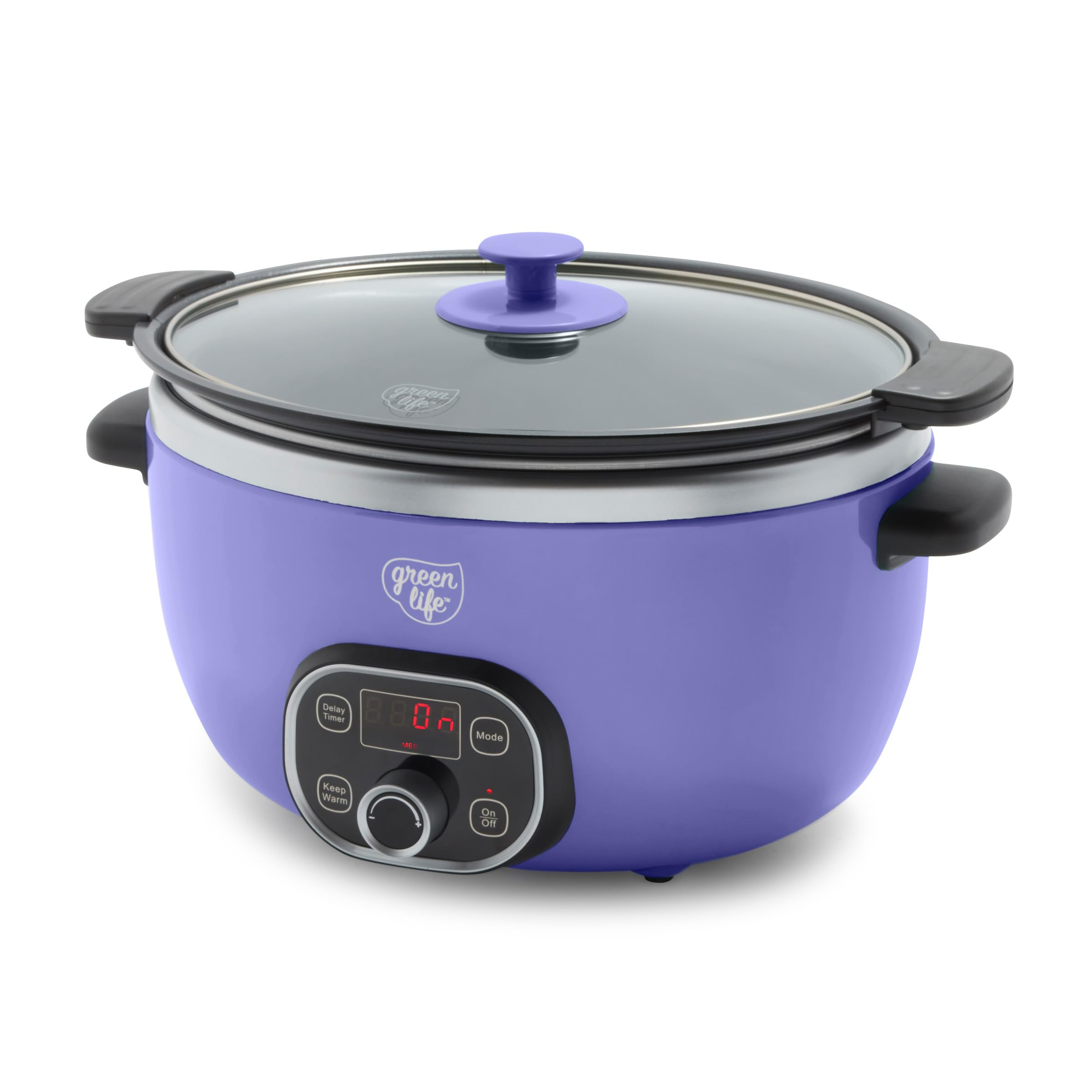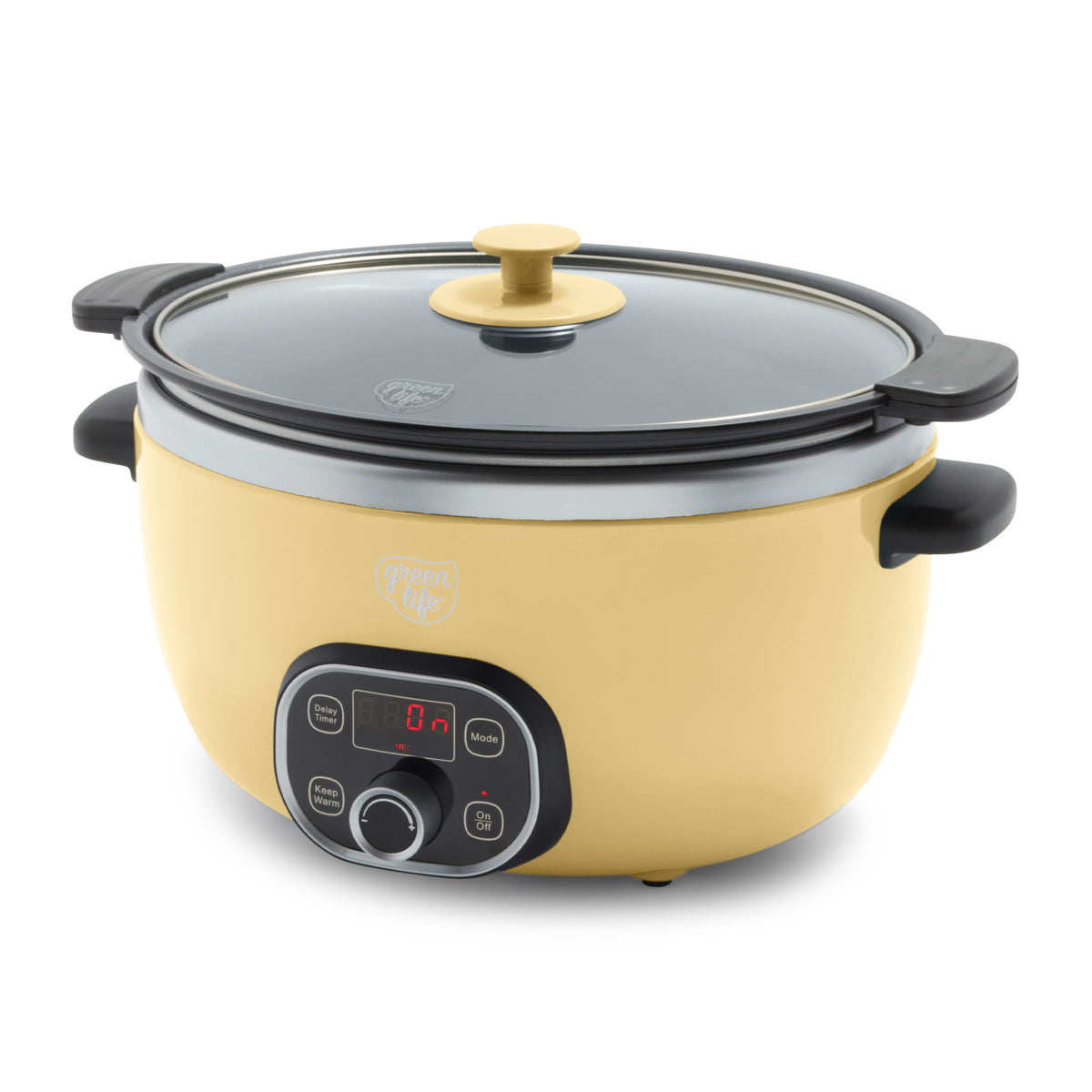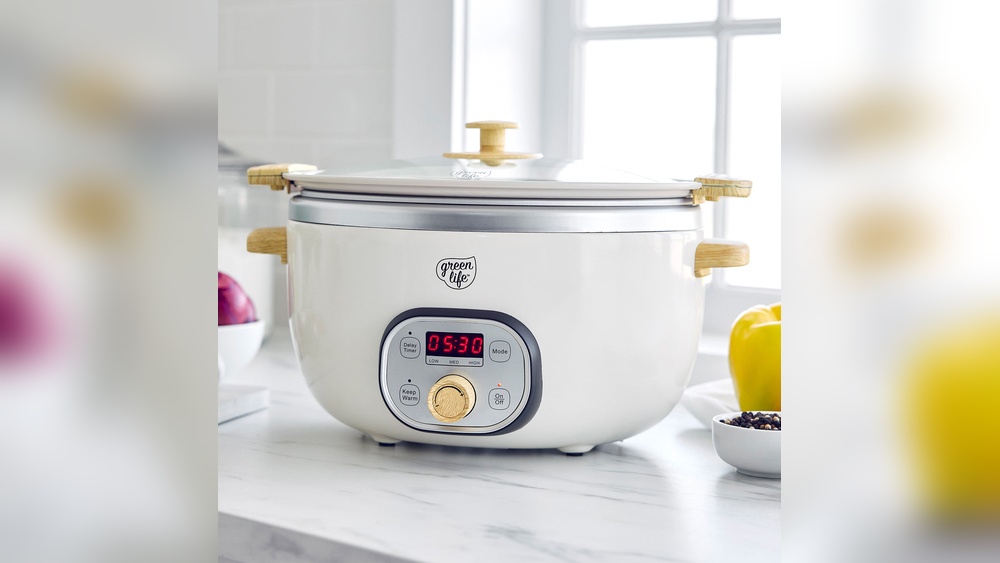You rely on your rice cooker to deliver perfect, fluffy rice every time. But have you ever stopped to think about how to keep it working like new for years?
Just like any kitchen tool, your rice cooker needs a little care and attention. Without proper maintenance, it can wear out quickly, leaving you frustrated and spending money on replacements. You’ll discover simple, effective tips to maintain your rice cooker and prolong its life.
Keep reading to learn how easy it is to protect your investment and enjoy delicious rice without interruption.

Credit: www.amazon.com
Daily Cleaning Routine
Keeping your rice cooker clean every day helps it last longer. Dirt and food bits can cause damage over time. A simple daily cleaning routine protects the cooker and keeps it working well. Follow these easy steps after each use to maintain your rice cooker.
Washing The Inner Pot
Remove the inner pot carefully. Use warm water and mild dish soap to wash it. Avoid harsh scrubbers that can scratch the surface. Rinse the pot thoroughly to remove all soap. Dry it well before placing it back in the cooker.
Cleaning The Lid And Steam Vent
Take off the lid if your cooker allows it. Wash the lid with warm, soapy water. Use a small brush or cloth to clean the steam vent. Clear any rice grains or steam buildup. Rinse and dry the lid completely before reattaching it.
Wiping The Exterior
Unplug the rice cooker before cleaning the outside. Use a damp cloth to wipe the exterior gently. Remove any spills or stains without letting water enter the cooker. Dry the surface with a soft towel to keep it looking new.

Credit: www.amazon.sa
Deep Cleaning Techniques
Deep cleaning your rice cooker is essential to keep it working well. It removes hidden dirt and buildup that regular wiping misses. A thorough clean helps your rice cooker last longer and cook better rice every time. Use these deep cleaning techniques to care for your appliance properly.
Removing Stubborn Residue
Stubborn residue often sticks to the inner pot or lid. Fill the pot with warm water and a few drops of dish soap. Let it soak for 20 minutes to soften the residue. Use a soft sponge or cloth to scrub gently. Avoid metal brushes that can damage the surface. For tough spots, make a paste with baking soda and water. Apply it to the residue and scrub lightly. Rinse the pot thoroughly to remove all soap and paste.
Descaling With Vinegar
Mineral deposits build up inside the rice cooker over time. Descaling removes these deposits and keeps your cooker efficient. Mix equal parts water and white vinegar. Pour the mixture into the pot and run a cooking cycle without rice. After the cycle ends, let the solution sit for 15 minutes. Empty the pot and rinse it well with clean water. Wipe the inside with a soft cloth to remove any leftover vinegar smell.
Cleaning Hard-to-reach Areas
Rice cookers have small parts that trap dirt and moisture. Use a soft brush or cotton swab to clean these spots. Pay attention to the lid’s steam vent and the area around the heating plate. Wipe these parts with a damp cloth. Never immerse the base or electrical parts in water. Dry all parts completely before reassembling your rice cooker. This prevents mold and electrical issues.
Preventing Common Issues
Preventing common issues is key to keeping your rice cooker working well for years. Small problems can turn into big repairs if ignored. Simple care steps help avoid damage and keep cooking smooth. This section covers ways to prevent overheating, maintain the thermostat, and handle electrical parts safely.
Avoiding Overheating
Overheating can damage your rice cooker’s inner parts. Always add the right amount of water before cooking. Do not leave the cooker running empty. Clean the heating plate regularly to remove any food residue. Avoid placing the cooker near heat sources. These steps keep the temperature stable and prevent burnout.
Maintaining The Thermostat
The thermostat controls cooking temperature. Dust and dirt can affect its performance. Wipe the thermostat area gently with a dry cloth every few weeks. Avoid using water or liquids near this part. If the cooker cooks unevenly or stops early, the thermostat may need checking. Regular care helps the rice cook evenly and avoids overheating.
Handling Electrical Components Safely
Electrical parts must be handled with care. Always unplug the rice cooker before cleaning. Do not immerse the main body in water. Check the power cord for damage or frays regularly. If you see damage, replace the cord immediately. Use a dry cloth to clean the exterior. Safe handling reduces the risk of short circuits and ensures long use.

Credit: www.greenpan.us
Storage Tips
Proper storage plays a key role in keeping your rice cooker working well for years. Careful storage stops damage and helps avoid problems like rust or bad smells. Simple steps make a big difference in preserving your appliance.
Air Drying Before Storage
Always let your rice cooker dry fully before putting it away. Remove the inner pot and lid. Leave them out in a clean, dry place. Air drying stops moisture buildup. This prevents mold and rust inside the cooker.
Wipe the outer surface with a dry cloth. Avoid storing the cooker while it is still damp. Moisture trapped inside can cause damage over time.
Keeping The Rice Cooker Dry
Store your rice cooker in a dry spot away from water sources. Avoid damp areas like under the sink or near the stove. Moisture can harm the electrical parts and metal surfaces.
Use silica gel packets or moisture absorbers inside the storage area. These help keep humidity low. Regularly check the cooker for any signs of moisture or mold before use.
Storing In A Clean Environment
Choose a clean, dust-free place to keep your rice cooker. Dust can settle on the cooker and inside its vents. This affects performance and may cause overheating.
Keep the rice cooker away from direct sunlight or heat sources. Excess heat can damage plastic parts and shorten the appliance’s life. Store it on a stable shelf or countertop to avoid falls or bumps.
Usage Tips For Longevity
Proper use of your rice cooker helps it work well for many years. Simple habits protect its parts and keep it cooking perfectly. Follow these usage tips for longevity to get the best from your appliance.
Using The Right Settings
Choose the correct setting for the type of rice you cook. White rice, brown rice, and other grains need different temperatures and times. Using the right setting prevents overheating and saves energy. It also stops the cooker from working too hard, which can shorten its life.
Avoiding Overfilling
Never fill the cooker beyond the maximum mark inside the pot. Overfilling causes rice to cook unevenly and may spill over. This can damage the heating element or cause electrical problems. Keep the amount of rice within limits to protect your cooker.
Letting Rice Rest After Cooking
After the cooker switches off, let the rice rest inside for 5 to 10 minutes. This step finishes the cooking process and prevents moisture buildup. It also helps keep the cooker dry and clean inside. Resting rice reduces strain on the appliance and improves its lifespan.
Regular Maintenance Checks
Regular maintenance checks keep your rice cooker running smoothly. These checks help spot small problems early. Fixing issues on time extends the rice cooker’s life. A well-maintained cooker cooks rice evenly and safely every time. Spend a few minutes monthly to check key parts. This simple habit prevents breakdowns and costly repairs.
Inspecting Seals And Gaskets
Seals and gaskets stop steam and heat from escaping. Check them for cracks, warping, or dirt. Clean seals gently with a soft cloth and warm water. Damaged seals cause poor cooking and energy loss. Replace seals that look worn out or broken. This keeps your rice cooker airtight and efficient.
Checking For Wear And Tear
Look for signs of wear on all parts. Check the inner pot for scratches or peeling non-stick coating. Inspect the lid for dents or loose hinges. Test buttons and switches to ensure they work well. Worn parts can cause uneven cooking or safety issues. Catching these early protects your rice cooker’s performance.
Replacing Damaged Parts
Replace any damaged parts immediately to avoid bigger problems. Use parts made for your rice cooker model. Follow the user manual for safe and correct replacement. Regular replacement keeps your cooker safe and reliable. This simple step prolongs the appliance’s life and keeps rice tasting great.
Frequently Asked Questions
What Is The Lifespan Of A Rice Cooker?
A rice cooker typically lasts 3 to 5 years with regular use and proper maintenance. Cleaning and avoiding overheating extend its lifespan.
What Is The 123 Rice Rule?
The 123 rice rule means using 1 cup of rice, 2 cups of water, and cooking for 3 minutes to achieve perfect rice.
How To Maintain A Rice Cooker?
Clean the inner pot and lid after each use with warm, soapy water. Wipe the exterior regularly. Avoid immersing the base in water. Descale occasionally using vinegar and water. Store with the lid open to prevent odors and mold.
Why Do Rice Cookers Stop Working?
Rice cookers stop working due to blown thermal fuses, thermostat failures, or electrical issues. Overheating and poor maintenance cause these problems.
Conclusion
Proper care keeps your rice cooker working well for years. Clean it after each use to avoid buildup. Always dry parts thoroughly to prevent rust or mold. Avoid using harsh cleaners that can damage surfaces. Check the power cord and buttons regularly for safety.
Store the cooker in a cool, dry place when not in use. Small habits protect your appliance and save money. A well-maintained rice cooker makes cooking easier and more enjoyable. Keep these tips in mind for lasting performance.

